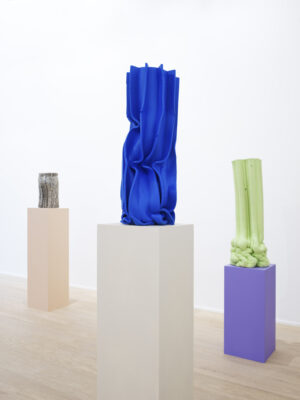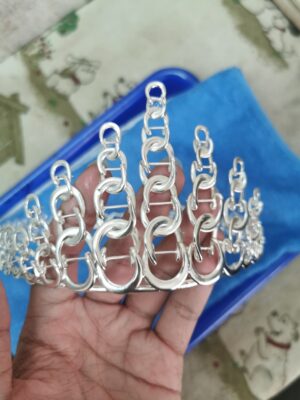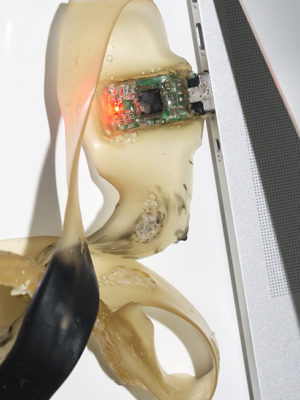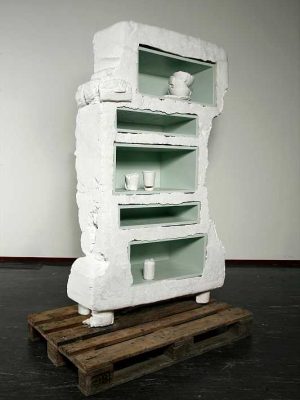Veronika Muráriková: Do you remember your first encounter with jewellery?
Sandra Savelli: The first contact would be at my high school. It was a very creative high school in the Old Town of Tallinn with all kinds of workshops like ceramic or metal, where we could try to work with the materials and where I came across a great teacher and very friendly atmosphere. After this experience, I continued my studies at Jewellery and Blacksmithing department at Estonian Academy of Arts.
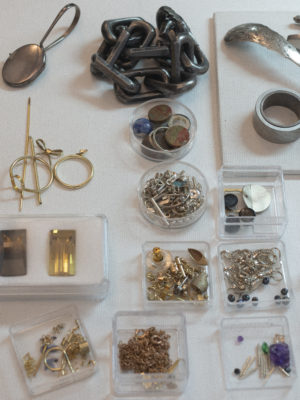
VM.: I spent some time in Estonia and I have to say that the scene is very specific in a way. Estonian jewellery artists have a certain gloomy style… What do you think about it?
SS.: Yes, you’re right, the scene is significant. I really like Tallinn and its creative vibe. It’s actually funny, because I graduated in 2008 and I was quite determined to stay there. I was very lucky to have a friend who is an excellent goldsmith- Kristo Pachel. Kristo is the ‘go to’ for all the Estonian jewellery makers. He does all the technical work. We became friends while I was still studying and I was really looking forward to work with him and learn from him.
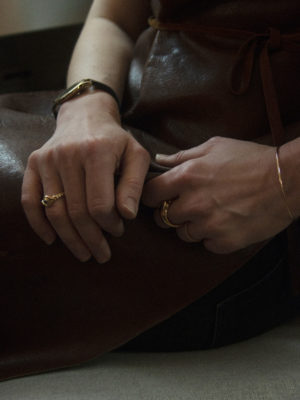
VM.: What happened?
SS.: My boyfriend, who works in software engineering, got totally bored in Estonia and all of the sudden told me ‘okay, we have to move somewhere’. Frankly, I was bit reluctant to move from Estonia. We were wandering around places for a while, but at the end we stayed in Amsterdam. Partly, because I knew Ted Noten. He once gave a workshop in Estonia for our course right before my graduation and I already told him then ‘…I think, I’ll go to Amsterdam, maybe you will have something for me…’. So, when I actually arrived to Amsterdam, I managed to start a 3-month-long internship with him and after that, he kept me and I stayed in his studio for another 5 years.
VM.: What was your role there? Did you work as a bench jeweller?
SS.: Yes, exactly. I was like an ‘in-house’ goldsmith. From time to time, I still freelance for him. Actually, right now, I have some of his pieces I’m working on in the drawer.
VM.: Where is your strong interest in fine jewellery coming from?
SS.: Well, I’ve always been very interested in techniques and how things are made. Also, seeing Kristo’s great technical skills really inspired me. I’ve always had this feeling that I want to know more. And I felt bit under pressure during the studies at the academy. I had this mindset, that I needed to be a really good gallery artist otherwise I’m a big failure. Saying that, it’s funny how gradually I grew into having my own studio.
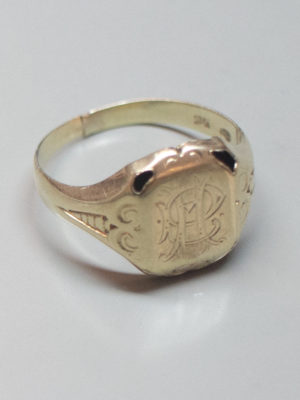
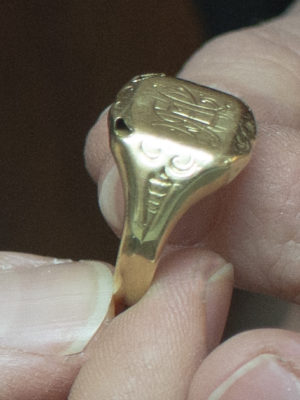
VM.: Was the working experience for Ted Noten what inspired you to set up your own studio?
SS.: I don’t know… Somehow, I’ve always had this idea of a platform or a hub, where I can bring people from the jewellery field together. And now, it’s Studio Patina. When we moved here, I was completely determined to have it more as a work space and to avoid this division of having a sterile gallery space that actually many jewellery workshops have.
VM.: I’m curious to know a little bit more about running Studio Patina. Do you rent the work benches here or do you do artist residencies?
SS.: So, this studio is quite new. We moved here in October 2018. Before, I had a similar studio but smaller – already with this collaborative strategy. I was lucky to find this new space and indeed, now, including me, we have five artists working here. I’m not going to say jewellers because they are people from different creative fields.
I also give classes which I really love doing. It allows me to meet interesting people; for example, the architect we have on board right now, she started in my classes and after a while I offered her to be part of Patina. Many people are from the design or creative field, but not really connected to jewellery. I guess, it’s also the appearance of our studio that attracts people from the design field.
VM.: Who else we can find your studio?
SS.: Let’s see… Julia Bocanet – she graduated from Eindhoven Design Academy. She found out about the studio through a customer of mine. I had been making wedding bands for them while Julia was looking for a workspace and got a recommendation for my studio. Then it’s Julia Hundermark – the architect I mentioned earlier, Goda Kukenyte and Robert Mirka.
Me and Robert know each other from Estonia, he is a very good friend of mine. Now, he has a stable position here. He teaches and works 3 days a week for the studio which was also a big step for me.
VM.: How does the casual work day in Patina look like?
SS.: For me, at the moment, it’s little bit busy. I usually come here after 17:00. That’s because while I run the studio, I’m also studying restoration of metals at University of Amsterdam in collaboration with the Rijksmuseum. This is already my third year out of four in total.
VM.: Interesting, why restoration?
SS.: Well, ever since I discovered metal and crafts, this has always fascinated me. First two years were really technical; we had to do a lot of research and the scientific part before we were able to start any treatment. Now, we can also choose our own objects and make sure that we collaborate with museum we really like. After this studies I can freelance for different museums or galleries.
VM.: Have you already restored any pieces?
SS.: Right now I’m working on this gold ring from around 1850. It’s paper thin, soldered all over. Firstly, I have to make several tests to access how to approach the restoration and take an x-ray to see and understand the thickness of it. Basically, now I’m just thickening all the edges with welding machine and then making tiny little inlays. It’s quite time-consuming process.
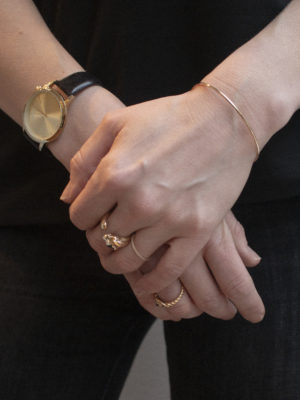
VM.: How long does it usually take to restore a piece?
SS.: You can’t say precisely. It’s very tricky. I always tell people that in a way, it’s easier to make a brand new thing because you never know what’s going to happen. Will it crack? Will it melt? This is what I understood: working on a historical piece it’s not comparable with making your own jewellery.
VM.: Do you have a thing for historical and vintage jewellery?
SS.: Yes, I do! For example, even this ring I’m wearing today is a vintage Cartier. I got it from my fiancé as a present and I think it’s from 90s from Paris. And it’s very interesting, I was curious what is this tiny round part here. And actually, one of my course students who works at Cartier´s explained to me, that it’s an inner part from a watch mechanism. I like to see how they reused these parts, it also tells a story of this brand, how they approach making jewellery. So also, these kinds of peculiar pieces inspire me. I wish, I had more! (laughs)
VM.: Is this interest in restoration and historical pieces also present in your work? How would you describe your jewellery line?
SS.: Personally, I like to work with long-lasting materials. I’m using it for more casual jewellery with simple minimalist aesthetics. Nowadays, everything is just plated, quickly produced, sold and thrown away. I would like to popularize somehow the usage of fine jewellery materials for everyday wearable pieces.
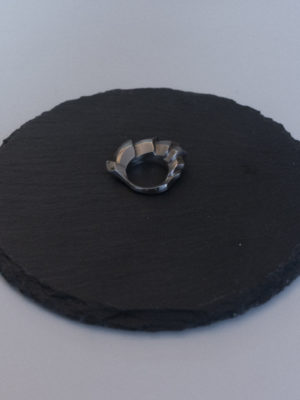
VM.: Speaking of that, from where do you get your materials? How do you go about fair trade metals and stones? Do you think we should talk about it more within the jewellery field?
SS.: I work with one Dutch gentleman specialised in gemmology. He has a great stone knowledge.
But when you want to work with fair trade metals, it’s not so easy if you have a small-scale production. Some things I have to cast, some things I need to order, mostly stuff like closing mechanisms or wires. If you get bigger, it’s actually possible to source your materials with that in mind. At the moment, I wish I could move into that direction and have all of my materials ethically sourced. However, I’m very torn about this topic. In a way, I feel it’s very important to talk about it. The awareness and improvement is increasing but then again, I also feel that the market is still very confused. We are really taking our time and trying to explain people what actually goes into a piece.
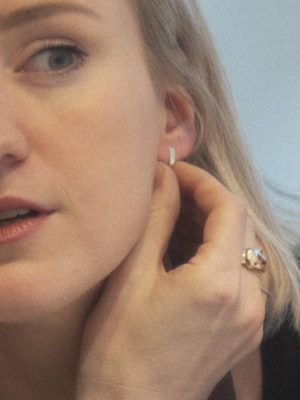
VM.: What is happening in the near future for you and Studio Patina?
SS.: In the future we would like to be seen more as a shop or hub and become more accessible. People can still come, visit us and have a look around but the opening hours now are quite modest. I’m also organising pop-up exhibitions here and starting an e-shop with my jewellery line.
Photography by Morgane Billuart.
This interview was conducted in the fall of 2019.
Find out more about Studio Patine here.
